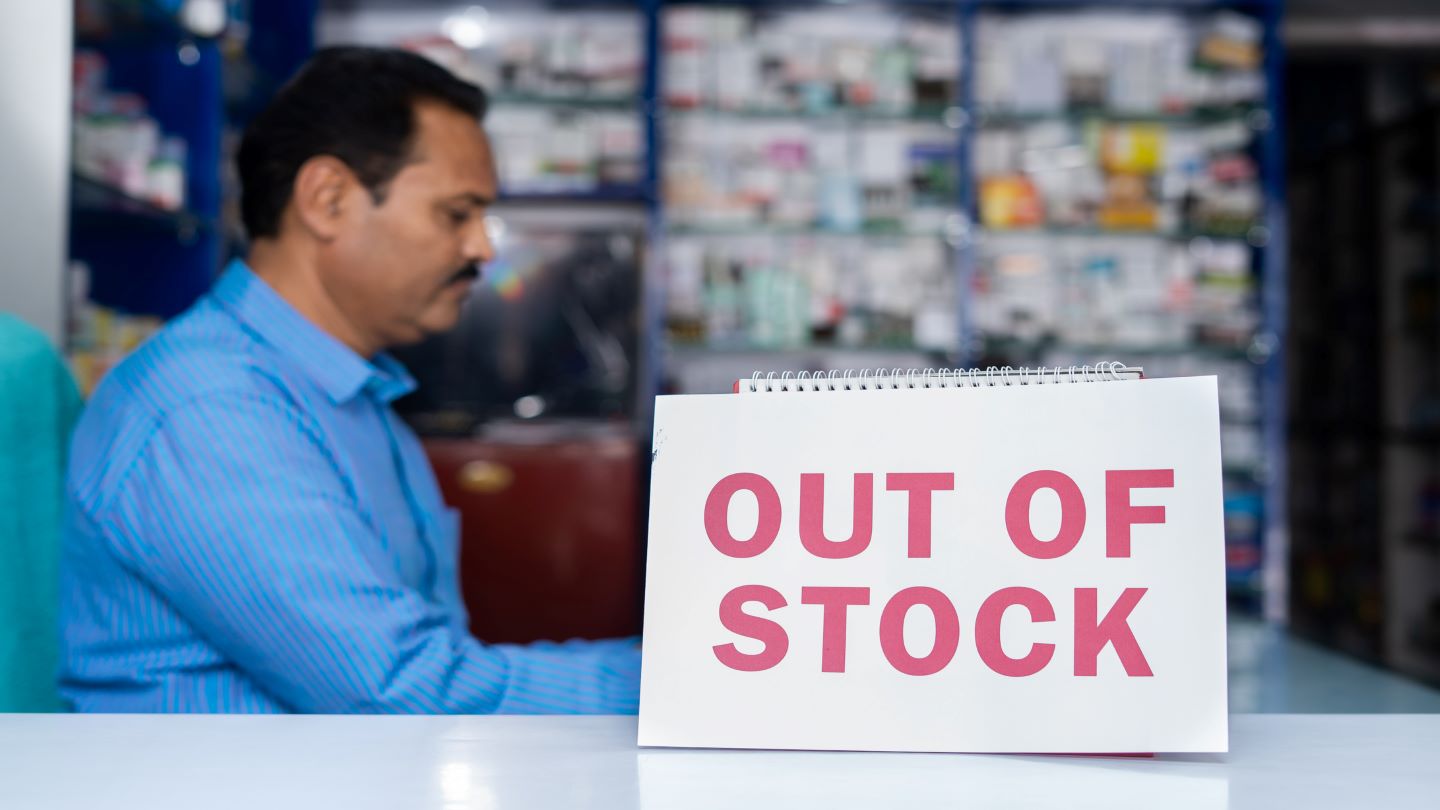
The US has been dealing with a recurring drug shortage issue for several years, the problem reaching its peak when the number of shortages quadrupled from approximately 61 shortages in 2005 to more than 250 in 2011. However, more than a decade later, the drug shortage issue has worsened in many respects.
In a recent report, the US Food and Drug Administration (FDA) highlighted how the problem poses a major risk and that 2022 had been a particularly challenging year in terms of shortages. The American Society of Health-System Pharmacists (ASHP) found that in Q4 2022, there were 295 active shortages.

Discover B2B Marketing That Performs
Combine business intelligence and editorial excellence to reach engaged professionals across 36 leading media platforms.
Carrie Harney is the board chair of the Alliance for Safe Online Pharmacies (ASOP) Global and the vice president of the US Government and Regulatory Affairs at US Pharmacopeia (USP). As part of her role, she has worked at the USP to provide guidance for developing a “resilient supply chain” and develop quality frameworks for drug manufacturers.
In an exclusive interview with Pharmaceutical Technology, she explains the current factors causing mass shortages and possible solutions to the problems. This interview has been edited for clarity and length.
Akosua Mireku: What are the main factors causing drug shortages in the US?
Carrie Harney: The issue of drug shortages is not a new one, at least in the United States. At USP, over the past three years we have developed a tool that we call the medicine supply map, and this is really a data informatics tool that is working to map the supply chain as well as understand sources of vulnerability in the drugs supply chain. The database includes over 90% of the approved drugs in the United States.

US Tariffs are shifting - will you react or anticipate?
Don’t let policy changes catch you off guard. Stay proactive with real-time data and expert analysis.
By GlobalDataFrom this, we’re able to identify where there are areas of vulnerability in the supply chain and the causes of that vulnerability. As part of that analysis, our medicine supply map has indicated that there are four main driving factors that are correlated with drug shortages. One of those is the economic issues like price and the margin that a manufacturer may make on each individual drug, the manufacturing complexity, the geographic concentration of manufacturing sites or the number of sites that are manufacturing either the finished dose or even the active pharmaceutical ingredient. The fourth main risk factor that we’ve identified is quality issues at manufacturing sites. We’re really seeing that the various factors may vary for each of the drugs, but they tend to be one of the four or some combination thereof because they’re all interconnected, to some extent.

CH: When you look generally at the types of drugs that are more likely to go into shortage than others, they tend to be older, generic, sterile, injectable products. In the United States, we find those to be relatively lower in price than other drugs that are marketed. When there are lower prices, there may be less incentive for more manufacturers to enter the market, because the economic incentive to enter is not there and then also if there are, upgrades that need to be made to manufacturing plants or if there are corrections or remediations that need to be done in light of inspections or other quality issues. Manufacturers may decide that either it is not worth making the investment because of the low margin on the product. And so, when we’re thinking about why the drugs that are in shortage tend to be lower cost, it’s not necessarily just because of the cost, but I think it is because of what that cost symbolises within the overall environment.
AM: One of those factors you mentioned is economic issues. Why do you think that this is arising as more of an issue that is leading to drug shortages?
CH: When you look generally at the types of drugs that are more likely to go into shortage than others, they tend to be older, generic, sterile, injectable products. In the United States, we find those to be relatively lower in price than other drugs that are marketed. When there are lower prices, there may be less incentive for more manufacturers to enter the market, because the economic incentive to enter is not there and then also if there are, upgrades that need to be made to manufacturing plants or if there are corrections or remediations that need to be done in light of inspections or other quality issues. Manufacturers may decide that either it is not worth making the investment because of the low margin on the product. And so, when we’re thinking about why the drugs that are in shortage tend to be lower cost, it’s not necessarily just because of the cost, but I think it is because of what that cost symbolises within the overall environment.
AM: Can you give me some specific examples of which lower-cost drugs are in shortage right now?
CH: There are a number of oncology products that are in shortage right now. There are two that are getting a lot of attention, because of the range of cancers that they can be used to treat. One of them is cisplatin which is an older oncology product used to treat childhood cancers, as well as a variety of other cancers.
From the medicine supply map perspective, we see that it is probably about three times more likely to be in shortage compared to other generic drugs. It is an old drug, and as I mentioned many of them [the shortages] are due to economic factors, and our analysis shows it has a relatively low price at about $15 a unit. The drug itself also may not be too difficult to manufacture as it is a sterile injectable. It also has toxic active ingredients and so the manufacturing processes and some of the protections that need to be in place are more with that drug than it may be for other drugs. There needs to be a dedicated facility.
Also, it is derived from platinum, which is an expensive, rare metal that is only sourced from a few sources across the world. For this drug there have been some significant quality issues. Some of the manufacturing of the drug has shut down over the past couple of months and so, unfortunately, we see a lot of different factors coming together with that drug.
AM: What do you think should be done to amend these shortages?
In terms of what is being done now, there are some short-term solutions that the FDA will use and even manufacturers will use to try to relieve the immediate burden of the shortage. In fact, we’re seeing that even now with the FDA allowing temporary importation of cisplatin from a Chinese manufacturer.
On a longer-term basis, one of the things that USP has thought about is how we get ahead of shortages and try to prevent them from happening or even have more advanced notice that perhaps there are vulnerabilities in a supply chain that we could address from either the policy perspective or an investment perspective. And so, one of the things that we have really tried to emphasise is the need for greater visibility into the upstream supply chain where some of these vulnerabilities will exist and a better understanding of perhaps the characteristics of each drug supply chain.
Given that there are four risk factors that are highly correlated with drug shortages, if we knew for example, that a particular drug was more vulnerable because it’s only manufactured in one spot, perhaps there could be choices made to help diversify the manufacturing and increase the number of manufacturers such so that a shortage doesn’t occur later. We [USP] have been trying to think through what an early warning system [for drug shortages] could look like. This could gather information and garner some insights that could help inform the various drug supply chains. I think, unfortunately, there’s not a one size fits all solution.





